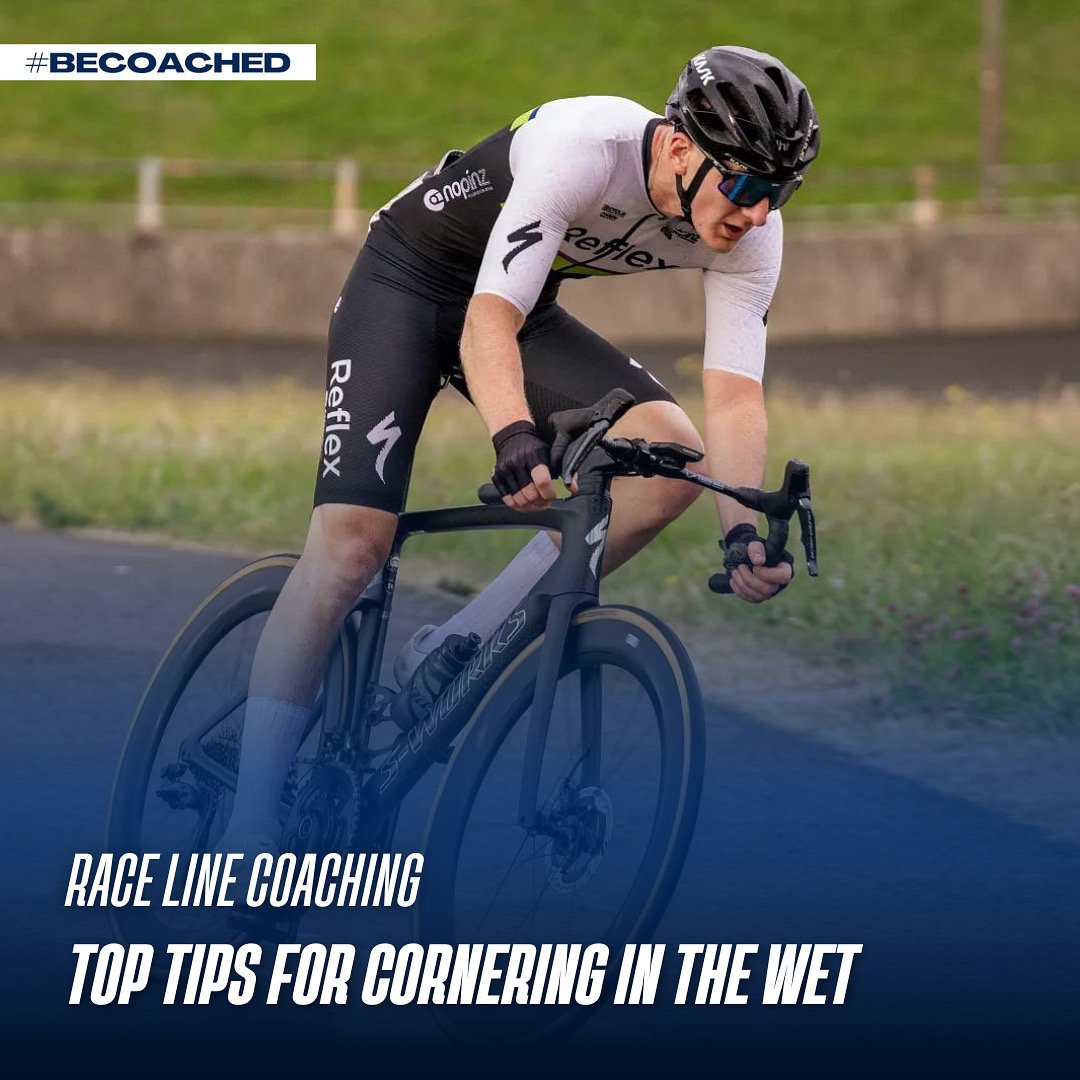How to Corner Safely and Confidently in the Wet | Cycling Coaching Tips
Cycling in wet conditions can be challenging and intimidating especially when it comes to cornering. Slippery roads, reduced traction, and unpredictability mean you need to adapt your technique to stay safe and maintain speed. Whether you’re a competitive cyclist or a casual rider, mastering wet-weather cornering is crucial for confident riding.
In this guide, we’ll break down how to corner effectively in the wet, combining practical tips with insights from cycling coaching experts to help you stay safe and ride smarter.
Why Wet Cornering is Different
When the roads are wet, the grip between your tires and the surface decreases significantly. Oil, dirt, and puddles on the road can reduce traction, increasing the risk of skidding or sliding out—especially in corners where forces push your bike sideways.
Key challenges include:
Reduced tire adhesion
Longer braking distances
Less predictable road surfaces
Increased risk of hydroplaning
Recognising these challenges helps you adjust your riding style to the conditions.
Top 7 Tips for Cornering in the Wet
1. Slow Down Before the Corner
Speed is your biggest enemy on wet roads. Enter corners more slowly than usual to allow your tires to maintain grip. Braking should be done well before the turn — avoid braking mid-corner.
2. Choose a Smooth Line
Look for the cleanest, driest part of the road. Avoid painted lines, metal surfaces (like manhole covers), and leaves, which become extra slippery when wet. Stick to the “dry line” where water tends to run off.
3. Use a Gentler Lean Angle
Don’t lean your bike as aggressively as you would on dry roads. A smaller lean angle keeps more tire surface in contact with the road, reducing the chance of losing traction.
4. Keep Your Weight Balanced and Low
Lower your center of gravity by bending your elbows and knees. Keep your weight balanced over the bike to improve stability. Don’t lean your body too far off the bike—keep your torso aligned.
5. Smooth Inputs on Brakes and Pedals
Apply brakes and pedal inputs gently and progressively. Sudden pressure changes can cause your tires to slip. Use both front and rear brakes evenly but carefully.
6. Look Through the Corner
Where you look is where you go. Fix your gaze on the exit of the corner rather than immediately in front of your wheel. This improves balance and helps your body naturally steer the bike smoothly.
7. Practice Controlled Cornering
Find a safe, quiet road or parking lot to practice cornering in wet conditions. The more you train your bike handling and feel for traction, the more confident you’ll become.
How Cycling Coaching Can Help You Corner Better in Wet Conditions
A professional cycling coach can tailor training plans to include skills sessions focused on bike handling and wet-weather riding. They can analyse your technique using video feedback and provide specific drills that improve cornering control.
At Raceline Coaching, we integrate bike handling skills with endurance and power training, ensuring you develop as a well-rounded cyclist ready for all weather conditions.
Essential Equipment Tips for Wet Cornering
Tire Choice: Consider wider tires with good tread or tubeless setups for better grip in the wet.
Pressure: Lower tire pressure slightly to increase the contact patch without risking pinch flats.
Brakes: Keep your brake pads clean and well-maintained to ensure effective stopping power.
Final Thoughts
Cornering in the wet doesn’t have to be scary. With the right technique, mindset, and training, you can ride safely and confidently no matter the weather. Remember to always respect the conditions and adjust your riding accordingly.
If you want to improve your wet-weather riding skills or get tailored coaching to boost your overall cycling performance, Raceline Coaching is here to help.





